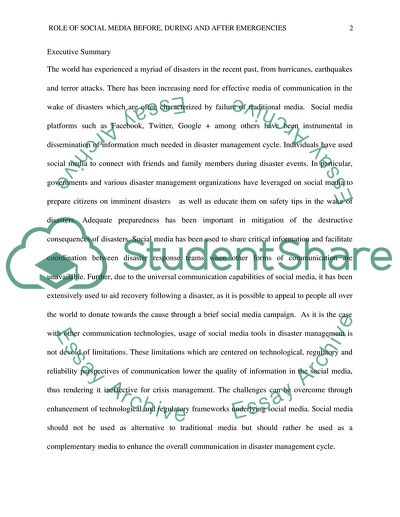Cite this document
(“Role of Social Media Before, During and After Emergencies Dissertation”, n.d.)
Role of Social Media Before, During and After Emergencies Dissertation. Retrieved from https://studentshare.org/media/1852057-how-should-social-media-play-its-role-before-during-and-after-emergencies
Role of Social Media Before, During and After Emergencies Dissertation. Retrieved from https://studentshare.org/media/1852057-how-should-social-media-play-its-role-before-during-and-after-emergencies
(Role of Social Media Before, During and After Emergencies Dissertation)
Role of Social Media Before, During and After Emergencies Dissertation. https://studentshare.org/media/1852057-how-should-social-media-play-its-role-before-during-and-after-emergencies.
Role of Social Media Before, During and After Emergencies Dissertation. https://studentshare.org/media/1852057-how-should-social-media-play-its-role-before-during-and-after-emergencies.
“Role of Social Media Before, During and After Emergencies Dissertation”, n.d. https://studentshare.org/media/1852057-how-should-social-media-play-its-role-before-during-and-after-emergencies.


